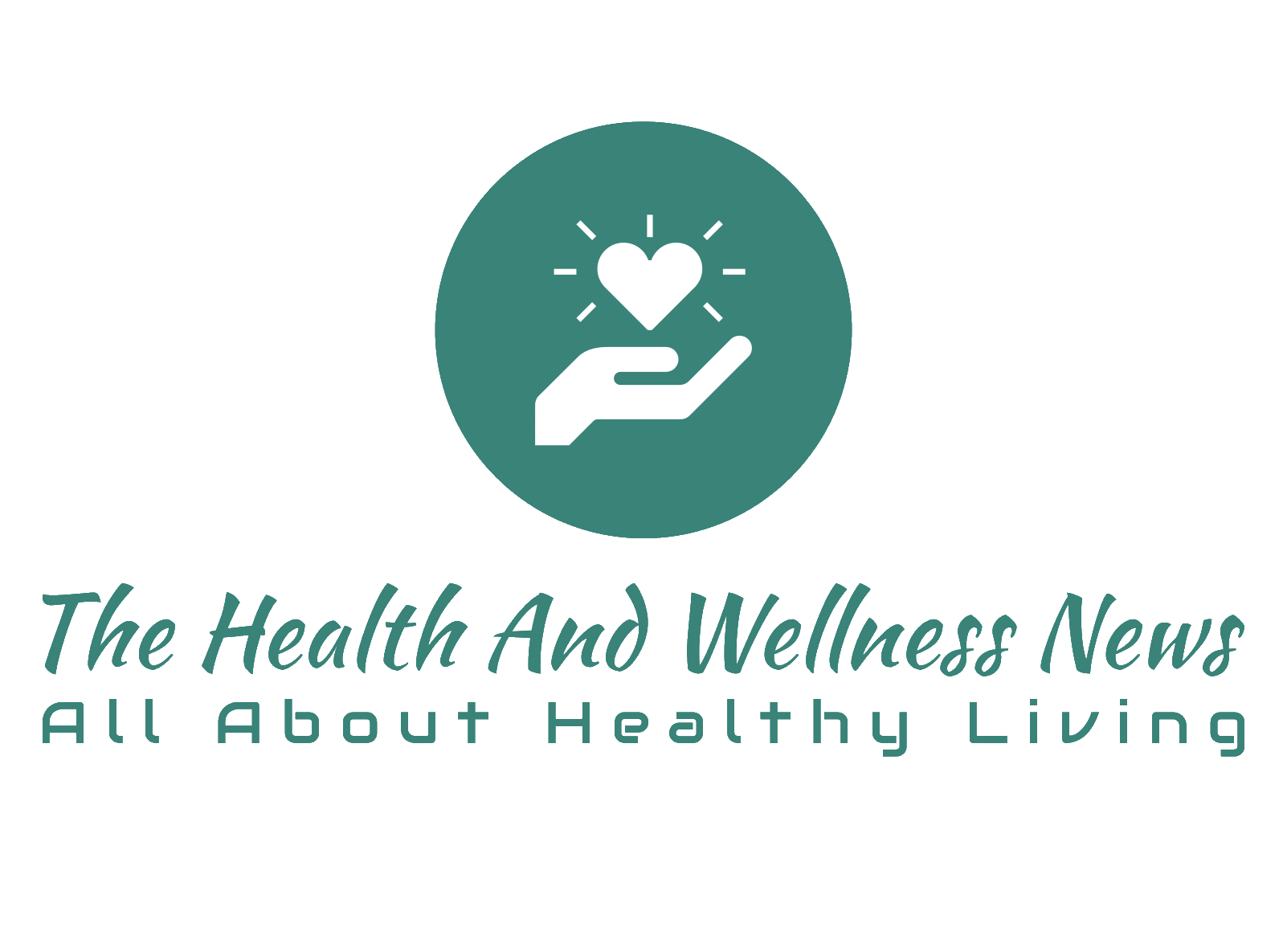June is National Stroke Awareness Month, a time dedicated to increasing awareness about stroke prevention, treatment, and recovery. According to the Centers for Disease Control and Prevention (CDC), strokes are one of the leading causes of death in the United States, affecting over 795,000 people each year. However, many strokes can be prevented by taking action to reduce your risk factors and improve brain health. In this blog post, we’ll explore how you can do just that.

Understanding the Risk Factors of Stroke
The first step in reducing your risk of stroke is understanding what puts you at risk. Some common risk factors include high blood pressure, smoking, diabetes, obesity, physical inactivity, and family history. Additionally, certain lifestyle choices such as excessive alcohol consumption and poor diet can increase your risk of developing these conditions. By making changes to address these risk factors, you can significantly lower your chances of having a stroke.
Improving Brain Health through Lifestyle Changes
One way to improve brain health and reduce your risk of stroke is through lifestyle changes. These may include eating a heart-healthy diet rich in fruits, vegetables, whole grains, lean proteins, and low-fat dairy products; getting regular exercise; maintaining a healthy weight; managing stress levels; avoiding smoking and secondhand smoke; limiting alcohol intake; and staying up-to-date with routine medical checkups. It’s also important to get enough sleep and engage in mentally stimulating activities like reading or puzzles to keep your mind sharp.
Recognizing Symptoms and Getting Early Treatment

Knowing the signs and symptoms of stroke is crucial for early detection and prompt treatment. The most common warning sign of stroke is sudden weakness on one side of the body, but other symptoms may include confusion, difficulty speaking or understanding speech, loss of vision or double vision, dizziness, severe headache, and unexplained falls. If you experience any of these symptoms, seek immediate medical attention. Time is critical when it comes to treating stroke, so don’t hesitate to call 911 if necessary.
Coping with Life After a Stroke
A stroke can have significant impacts on daily life, including physical limitations, cognitive impairments, emotional challenges, and social isolation. Coping with these effects requires support from loved ones, therapy, and adaptations to daily routines. Many survivors find comfort in joining support groups or connecting with others who have experienced similar challenges. With patience, determination, and resources, it’s possible to regain quality of life after a stroke.
Conclusion: Taking Action for Your Brain Health
Taking steps to reduce your risk of stroke and improving brain health should be a priority for everyone. Whether you’re young or old, male or female, stroke can happen to anyone. This June, make a commitment to yourself to take care of your brain and reduce your risk of stroke. Start by scheduling an appointment with your doctor to discuss your personal risk factors and develop a plan for improving your overall health. Remember, small changes today can lead to big benefits tomorrow.
















